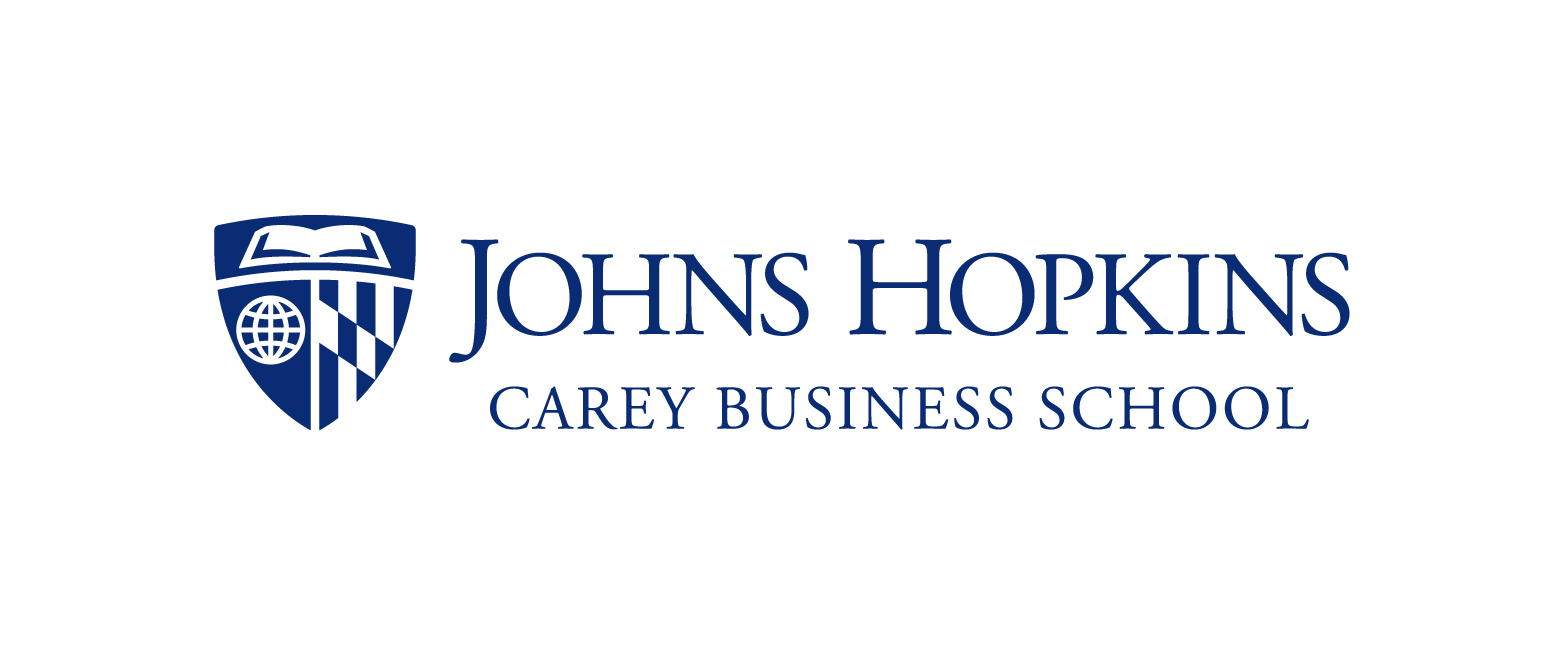Newswise — An analysis of nationwide data from all U.S. hospitals estimated that the average probability of hospital financial distress in 2020 increased to 28.5 percent, only about a half percentage point higher than in the previous year. But more significantly, the estimated financial distress of for-profit hospitals increased to 39.1 percent during the tumultuous year of the coronavirus outbreak – about seven percentage points higher than in 2019.
The analysis co-authored by researchers at the Johns Hopkins Carey Business School says these findings are noteworthy because for-profit hospitals provide a major portion of specialty health care services in the United States, especially to rural communities. Any increase in financial distress – the inability to meet financial obligations – therefore could jeopardize many Americans’ access to specialty care that includes psychiatric and acute long-term care.
Since 2007, the number of for-profit hospitals in the United States has risen considerably. Market discipline helps ensure that these hospitals make efficient use of their available resources. But when the institutions reach the limit of their resources, they are less able to mitigate unanticipated shocks, the researchers say.
To produce their estimates, the researchers developed a prediction model based on American Hospital Association Annual Survey data from the 2010s and Safegraph smartphone mobility data for 2020.
“We found that our prediction model performs very well against actual AHA data. When we estimated the model with actual AHA and mobility data for 2018 and 2019 numbers, we saw that they matched up quite closely for those years,” says co-author Alessandro Rebucci, an associate professor of finance at the Johns Hopkins Carey Business School.
Financial and operational data from hospitals typically become available only at annual intervals, making them less useful for predicting financial risk in real time, Rebucci explains. The AHA’s official figures for 2020 are just starting to be published and will not offer a complete picture for that year until the first quarter of 2022.
Rebucci adds, “With the predictions that our model provides about hospitals’ financial health, managers and policymakers would be better equipped to monitor performance almost in real time while large shocks materialize, and then take actions to mitigate risks or calibrate supportive policy actions, especially to vulnerable areas.”
The analysis, “The Financial Fragility of For-Profit Hospitals: Evidence from the COVID-19 Pandemic,” is a National Bureau of Economic Research working paper. Along with Rebucci, the co-authors are Johns Hopkins Carey Business School faculty members Ge Bai, Phillip Phan, Luis Quintero, and Xian Sun, and Daniel Jiménez, a research officer at the International Monetary Fund.
The research was supported by the Johns Hopkins Carey Business School and the Hopkins Business of Health Initiative. The initiative is a new collaboration between Johns Hopkins University’s Bloomberg School of Public Health, Carey Business School, School of Medicine, and School of Nursing that integrates research, practice, and policy to improve the productivity of the nation’s health system.
